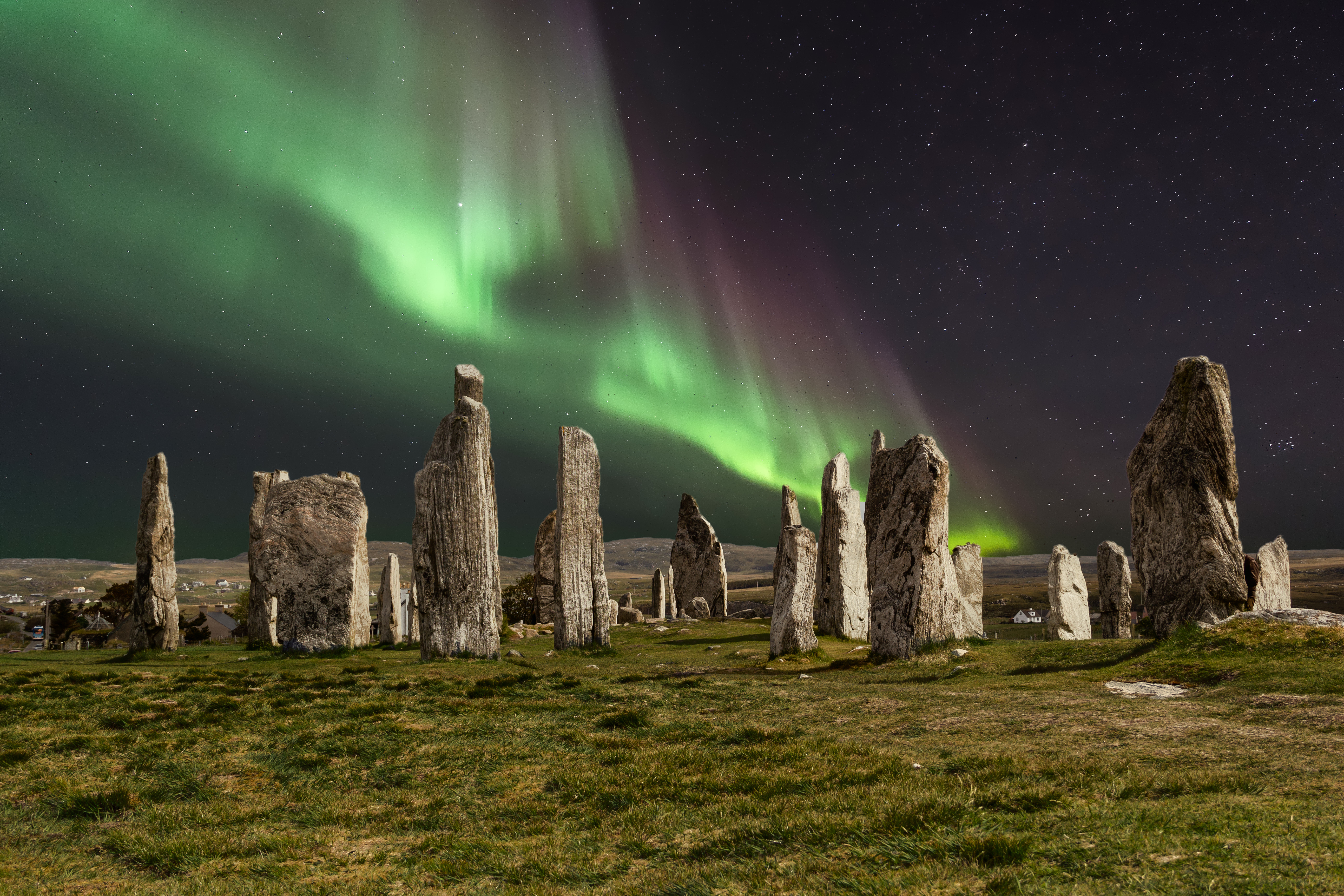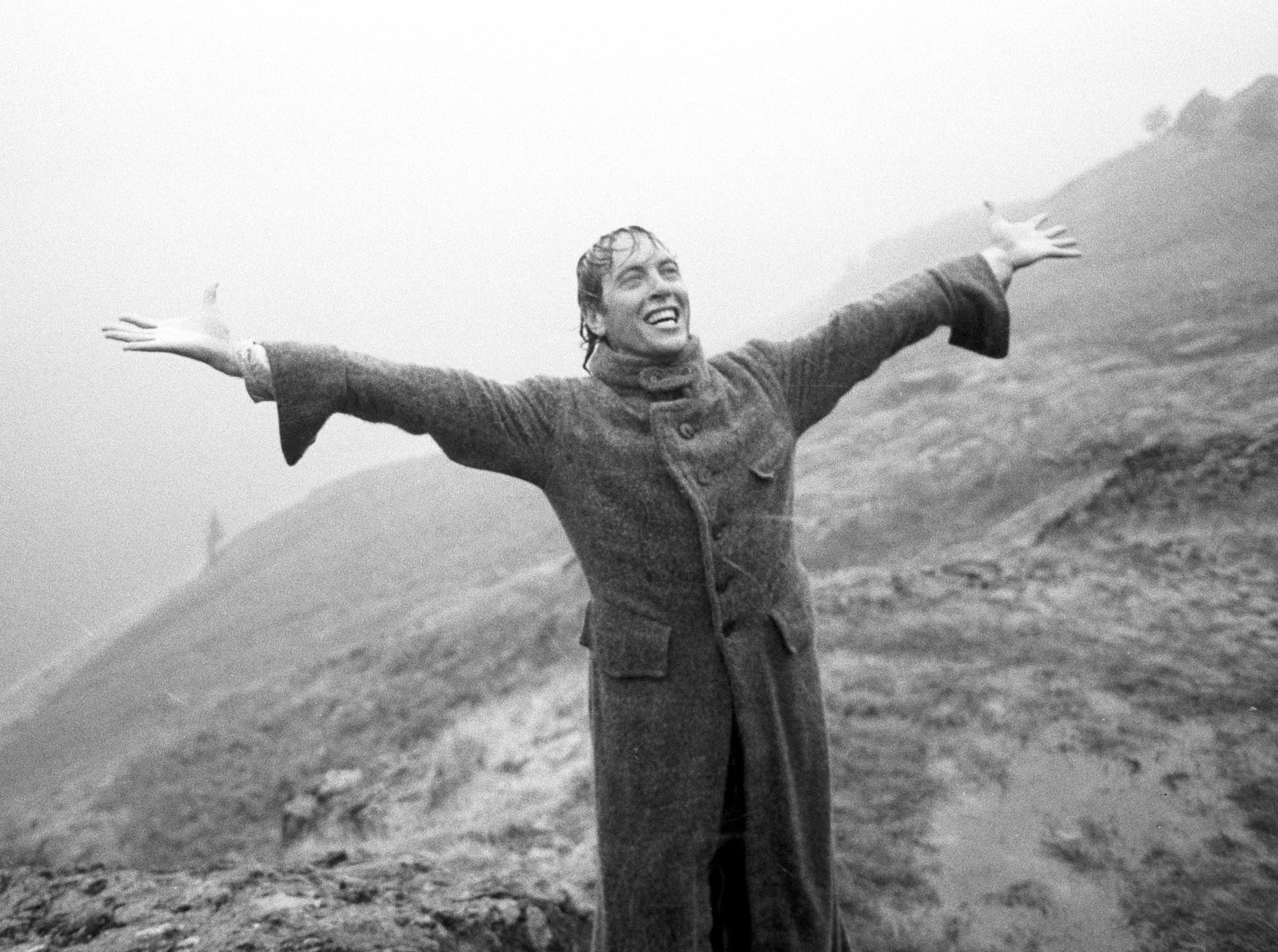Curious Questions: Why does the weather keep getting colder even when the days start getting longer?
The coldest months of the year in Britain are always January and February — despite the fact that we're getting more sunshine and daylight than we do during December. Martin Fone investigates why the weather gets colder even though the days are getting longer.


January can be a depressing month. Christmas has come and gone, leaving only its financial and emotional consequences to manage, New Year’s resolutions have fallen by the wayside, motivational levels are low, and we are desperate for something to look forward to. Show marketeers a psychological weakness and they are quick to seize on an opportunity. Psychologist Cliff Arnall coined the phrase ‘Blue Monday’ in 2004 to describe the third Monday of January when we are supposed to be at our lowest ebb for a travel firm to use in their advertising campaign to promote their holiday deals.
The phrase has stuck, even though on Arnall’s own admission the concept was little more than pseudoscience. However, recent research from Aviva suggests that the desire for something to look forward to begins even earlier, with 14% of Britons planning to search for and 12% intending to book a holiday during the festive season, in readiness for ‘Sun Saturday’, the first Saturday after New Year, when travel agents see the most activity and offers are supposed to be at their keenest. Not for nothing are commercial television and the press inundated with advertisements for dream holidays even before the first turkey’s wishbone has been snapped.
One of the contributory factors to our blues is that old British obsession, the weather. Somewhat counter-intuitively, once we pass the winter solstice and the amount of daylight increases at a steady rate of around two minutes and 8 seconds a day, the weather worsens or, as a country proverb sagely points out, ‘as the days lengthen, the cold strengthens’. Statistically, January and February are our coldest months and while the impact of climate change reduces the value of historical records as a predictor of the future, an analysis of average daily records over some 130 years shows that Britain’s ten coldest days occurred between January 3rd and February 20th, five of which were between February 13th and 20th.
February 17th is revealed to be the coldest day with the spread of average temperatures ranging from a minimum of 0.8C to a maximum of 6.7C. However, such is the capricious nature of the British weather that while, in 1878, Llandudno was basking in a glorious 17.4C, the warmest temperature recorded on February 17th, a year later the record for the lowest temperature on that day was set, the mercury in Aviemore showing -23.1C.
Joseph Black, a Scottish scientist whose discoveries included carbon dioxide and latent heat, provided the key to solving the conundrum of lowering temperatures while daylight is increasing in the mid-18th century by developing the concept of specific heat, the term given to describe how much heat is required to increase the temperature of a particular substance by a known amount.
Mixing some mercury with a temperature of 150⁰F with an equal amount of water heated to 100⁰F, Black found that the temperature of the mixture at equilibrium was not 125⁰F, as he had anticipated, but 120⁰F. In other words, despite the fact that the quantity of heat gained by the water was the same as that lost by the mercury, it had more effect on heating mercury than water. This discovery allowed Black to differentiate between the intensity of heat, measurable by a thermometer, and the quantity of heat transferred to a substance which required knowledge of both the amount by which the temperature had changed and the duration of the heat transfer.

An equation[1] was eventually developed to calculate the amount of heat energy required to raise one gram of a substance by one degree Celsius. Water requires 4.186 Joules of energy, showing it to be a insulator, requiring a lot of energy to heat up while holding on to that heat for longer, compared to the 0.8 Joules required to heat the same amount of dry soil. Incidentally, it only takes 0.45 Joules to heat iron which is why pans heat up more quickly than the liquid they hold.
Exquisite houses, the beauty of Nature, and how to get the most from your life, straight to your inbox.
The Earth has a surface area of 196.9 million square miles, 71% of which is made up of water. Water requires much more energy to raise its temperature and, rather like coals on a fire, it cools and then warms gradually. During the couple of months after the winter solstice, the Earth’s water masses are still losing more solar energy than they are retaining and this results in a lowering of the temperature. It is only when the pendulum begins to swing in favour of heat retention that temperatures begin to rise, the soil warms up, and the flora and fauna begin to stir.
This phenomenon, known as seasonal lag, also explains why we usually experience warmer temperatures in the months immediately after the summer solstice and why, even though the amount of daylight at the equinoxes is identical, the average temperatures at the autumnal equinox are generally higher than those of the vernal.
The elliptical nature of the Earth’s annual solar orbit means that there is one point, the perihelion, when it is closest to the Sun. This occurred in 2024 at 00.38 GMT on January 3rd, when the centre of the Sun was just 147,100,632 kilometres from the Earth’s centre. Conversely, the point when the Earth’s orbit takes it furthest away from the Sun, the aphelion, will occur this year on July 5th. The difference in distance between the perihelion and aphelion is around five million kilometres or, roughly, around 3% of the average distance of the Earth from the Sun.
The timing of these two points does not coincide with the winter and summer solstices, when the Earth experiences its shortest and longest days respectively. Scientists have calculated that the last time the winter solstice coincided with the perihelion was in 1246 AD. Since then, the date of the perihelion and aphelion has drifted away from the solstices at a rate of around one day every 58 years and between one year and the next the dates can vary by up to two days. By 6430 AD the perihelion will coincide with the vernal equinox.
Curiously, the average temperature of the whole Earth at the perihelion is about 2.3⁰C lower than at the aphelion, meaning that the planet is actually colder when it is closest to the Sun. On the plus side, according to Keppler’s Second Law, planets move more slowly at the aphelion than the perihelion, making the summers in the northern hemisphere two to three days longer than those in the southern.
Seasonal lag caused by the energy required to heat water rather than the length of daylight or the Earth’s proximity to the sun has the most impact on temperatures. We have some way to go before the weather dispels our blues, but the wait will be worth it.
[1] Q = m c ΔT where Q equates to heat energy in Joules, m equals the mass of a substance in grams or kilograms, c equals the Specific Heat in Joules/gram C or Kilojoules/Kilogram C and where ΔT denotes the change in temperature

Curious Questions: How far can you see on a clear day?
A walk to a local hilltop prompts Martin Fone to wonder just how far you can see, assuming perfect atmospheric

Curious Questions: Can you hear the Northern Lights?
The Northern Lights — or Aurora Borealis — are among the planet's most extraordinary natural phenomena. Even stranger than their ethereal glow,

Curious Question: Why does the air smell so good after it's been raining?
That wonderful scent in the air when the rain stops falling has entranced people since the dawn of time —

The 10 types of cloud you'll see in Britain (and what they tell us about the weather)

Credit: Alamy
Curious Questions: How do weather forecasters figure out a percentage chance of rain?
Those 'chance of rain' percentages you see on the weather forecast hide a bewildering range of possibilities. So how are
After graduating in Classics from Trinity College Cambridge and a 38 year career in the financial services sector in the City of London, Martin Fone started blogging and writing on a freelance basis as he slipped into retirement. He has developed a fearless passion for investigating the quirks and oddities of life and discovering the answers to questions most of us never even think to ask. A voracious reader, a keen but distinctly amateur gardener, and a gin enthusiast, Martin lives with his wife in Surrey. He has written five books, the latest of which is More Curious Questions.
